The National Emission Standard for Hazardous Air Pollutants (NESHAP) was implemented in 1973 by the United States Environmental Protection Agency (USEPA) and requires that an asbestos inspection be completed on any building prior to renovation or demolition. The purpose of this inspection is to identify any asbestos materials that may be disturbed during these activities. Identification of asbestos materials prior to disturbance will reduce the exposure to occupants, workers, and the general public.
There are a few exceptions to this rule, however. The rule does not apply to demolition or renovation to owner-occupied, single-family residences and buildings that have never been improved with utilities (referred to as the chicken coop exemption).
WHAT IS A NESHAP ASBESTOS INSPECTION?
NESHAP requires a state-licensed inspector to inspect applicable buildings (or areas of buildings) scheduled for renovation or demolition. The inspection includes a walkthrough of the building or area of the building and the identification of “suspect” asbestos-containing materials.
HOW LONG DOES A NESHAP ASBESTOS INSPECTION NORMALLY LAST?
The time it takes for an asbestos inspection can vary based on the size of the building, accessibility of the building, condition of the building, and the number of materials to be inspected and sampled. An inspection on a typical 2,600 square foot house would generally take about 2 hours to complete, whereas an inspection on a 15-story office building could take 3 days.
WHAT HAPPENS IF ASBESTOS IS FOUND DURING A NESHAP ASBESTOS INSPECTION?
Suspect materials can either be sampled and analyzed to determine their asbestos content or materials can be “assumed” to be asbestos-containing and treated appropriately. When sampling a suspect material, the inspector will collect a small piece of the material, typically the size of a quarter, and place the sample in a sample container. That container is then marked with an identifying number. Those samples would be sent off to a laboratory for analysis of asbestos content.
Following receipt of the laboratory report, the inspector will prepare a report which includes the sample data sheets, laboratory report, and a partially completed Notification of Demolition/Renovation form that is later completed by the demolition contractor and the client.
WHAT ARE THE RULES FOR SUBMITTING A NOTIFICATION OF DEMOLITION/RENOVATION FORM?
The Notification of Demolition/Renovation form must be submitted to the Indiana Department of Environmental Management (IDEM), which is the state agency delegated by the USEPA to oversee the NESHAP.
A form must be submitted for renovations that will disturb more than 160 square, 260 linear, or 35 cubic feet of asbestos-containing materials regardless of the presence/absence of asbestos materials.
The form must be submitted 10 working days prior to the start of any notifiable work at the site.
The form must provide a record regarding the owner of the facility, facility details, the state-licensed asbestos inspector, the demolition contractor, the state-licensed asbestos abatement contractor, the amount and type of asbestos identified when renovations/demolition is to take place, waste disposal site, as well as other pertinent information.

